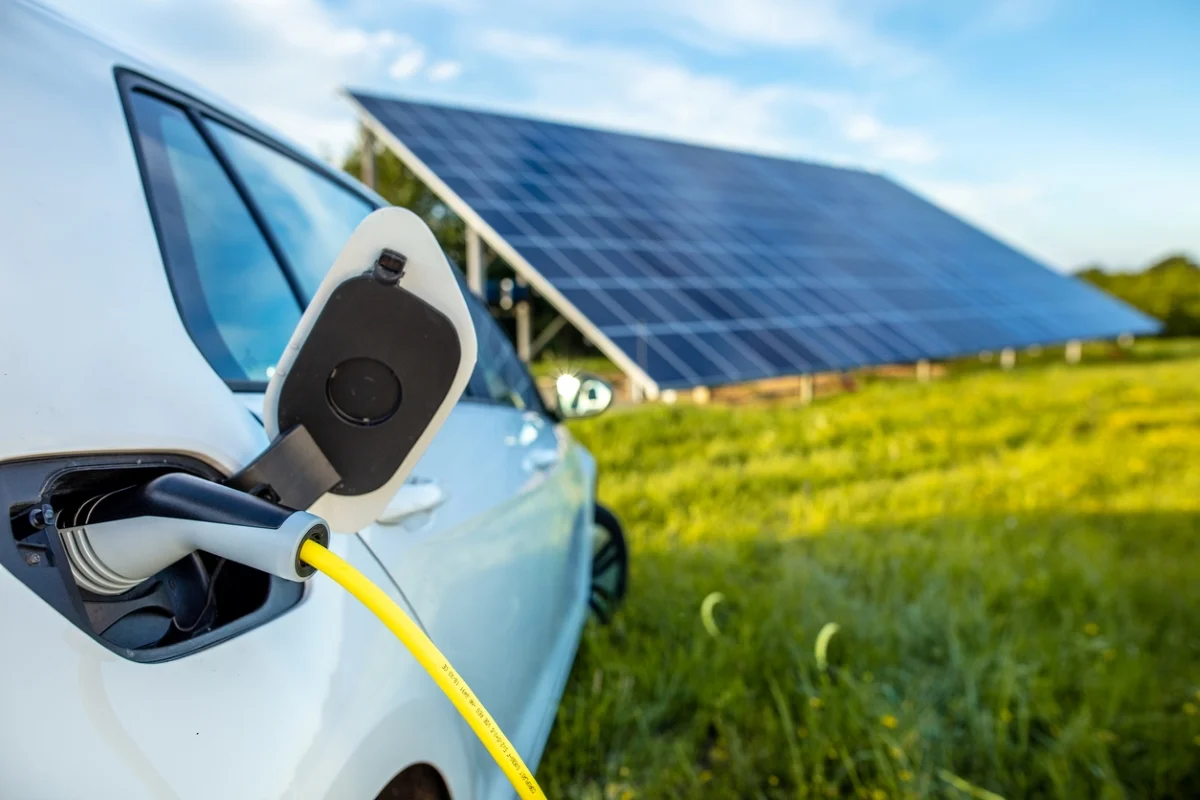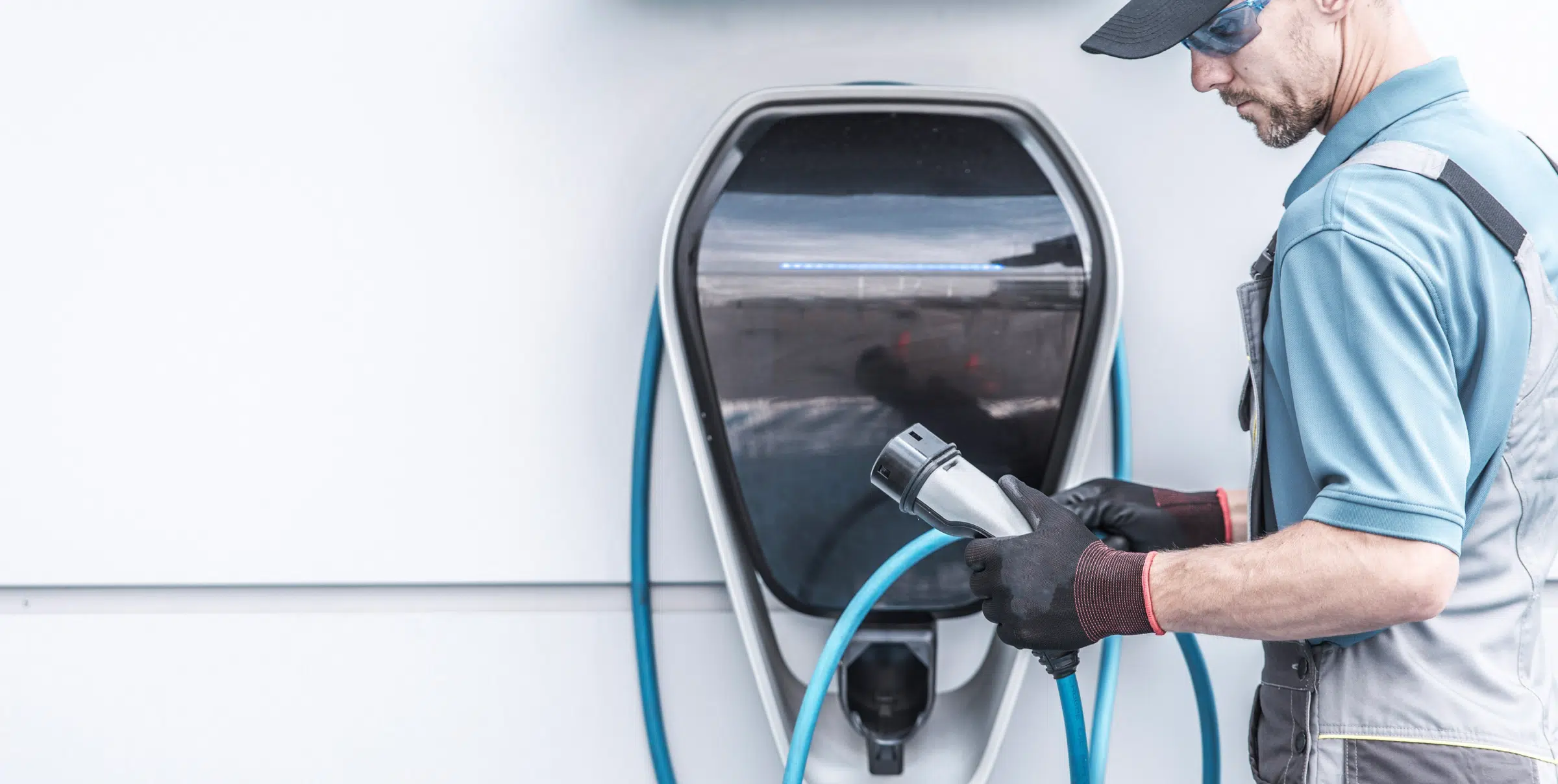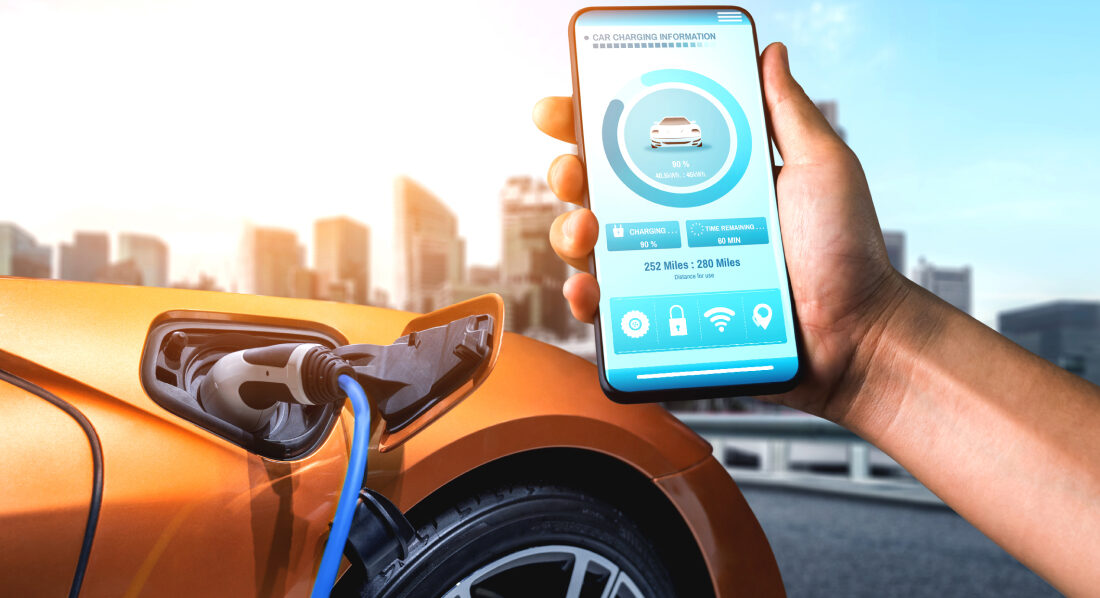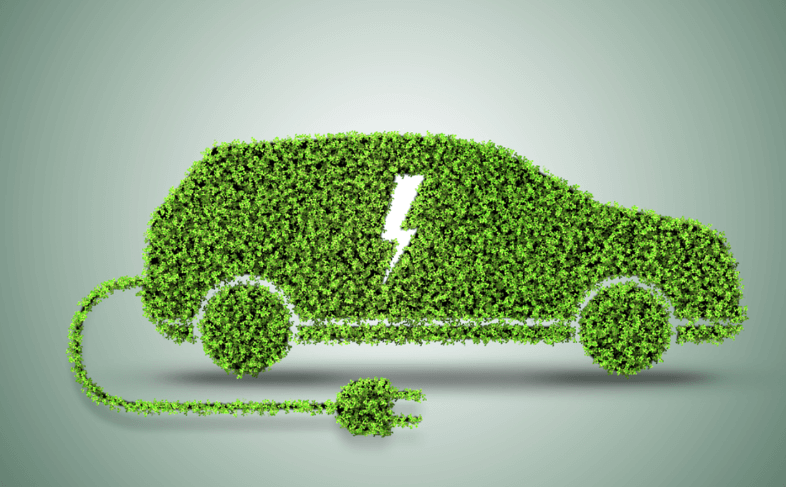- A vehicle-to-grid charger will save you £725 per year, on average
- It buys cheap electricity, and sells it back to the grid for the highest price
- The technology isn’t yet widely available, but may be soon
A home electric vehicle charging station typically has a price tag of approximately £1,000. However, the long-term savings from charging at home extend beyond this initial cost. This not only positively impacts your finances but also contributes to environmental conservation.
Furthermore, by opting for vehicle-to-grid (V2G) charging, you can amplify your savings, potentially reaching £725 within a single year.
To ensure you secure the best installation deal, it’s advisable to explore various quotes. To simplify this process, we’ve developed a straightforward form. Just share some basic details, and we’ll connect you with our proficient installers.
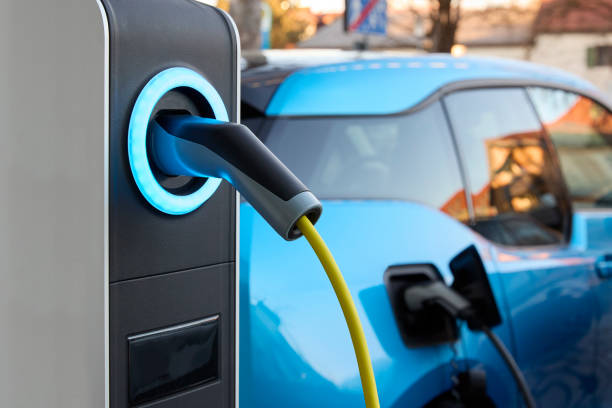
What's on this page?
What is vehicle-to-grid charging?
Vehicle-to-grid charging empowers you to charge your electric vehicle during the most cost-effective periods and sell any surplus energy back to the grid when prices are at their peak. This innovative process turns your car into a substantial electric battery and a strategic investment tool, allowing you to capitalize on buying low and selling high regularly without risk.
By adopting this approach, you not only save money but also alleviate strain on the grid, contributing to the development of a more environmentally friendly electricity grid.
Additionally, chargers are undergoing advancements to include vehicle-to-home (V2H) capabilities. This means you have the flexibility to decide whether to sell excess electricity to the grid or utilize it to power your home at any given moment. This feature proves particularly valuable if your home requires a significant amount of energy during peak hours or in the event of a local power outage.
How does vehicle-to-grid charging work?
Vehicle-to-grid chargers possess bidirectional capabilities, allowing them to both supply electricity to your vehicle for charging and draw electricity from your vehicle to send it back to the grid.
Every time you charge an electric car, the grid’s alternating current (AC) must be converted into direct current (DC) for your vehicle’s use. This conversion is typically handled by either the charger itself or your car.
Vehicle-to-grid chargers excel not only in the AC to DC conversion but also in the reverse process, converting DC back into AC. This technological feat enables them to be bidirectional, leaving observers astounded.
The effectiveness of vehicle-to-grid charging relies on smart technology. The charger maintains constant communication with the grid, determining the most economical times to supply and retrieve electricity. To optimize the benefits of your vehicle-to-grid charger, a corresponding app is essential. This app allows you to monitor and adjust your charging habits, ensuring your car maintains a minimum charge level for impromptu drives.
What are the benefits of vehicle-to-grid technology?
Vehicle-to-grid technology offers a trifecta of benefits: cost savings, a greener electricity landscape in the UK, and an expansion of the grid’s energy storage capacity, all while reducing overall energy consumption.
This transformation not only renders your electricity supply more eco-friendly, efficient, and dependable but also cost-effective.
**Economical Savings:**
In a three-year trial conducted by OVO Energy, their smart vehicle-to-grid technology demonstrated an average yearly savings of £725 for drivers on their energy bills. Extensive research from Imperial College London, E.ON, and Nissan suggests potential savings of up to £1,250 per electric fleet vehicle. Widespread adoption of vehicle-to-grid charging could lead to a substantial £885 million saving for the National Grid over the next decade.
**Carbon Emission Reduction:**
Vehicle-to-grid charging contributes to energy conservation, benefitting both the planet and the UK’s energy storage capabilities. If electric cars and vehicle-to-grid charging become standard practices, significant reductions in energy waste at a national level can be achieved. This surplus electricity allows the National Grid to expedite the transition from fossil fuel-powered to renewable electricity sources.
**Increased Electricity Storage Capacity:**
With vehicle-to-grid charging, there’s a diminished reliance on coal or other less sustainable energy sources during periods of increased gas prices. Energy suppliers can incentivize customers to sell stored electricity back to the grid, acting as a buffer against price fluctuations. This mechanism also helps prevent blackouts, as sudden spikes in energy demand can be mitigated by encouraging drivers to sell their stored electricity at higher rates. In essence, electric car owners become key contributors to grid stability while benefiting financially, avoiding potential disruptions.
How popular is vehicle-to-grid in the UK?
Vehicle-to-grid charging is currently exclusively offered in the UK through trial programs, albeit temporarily.
If you’re interested in participating in one of these trials, it’s advisable to reach out to your energy supplier for potential access.
Various organizations, including British Gas, Octopus Energy, OVO Energy, Nissan, INDRA, Wallbox, as well as infrastructure companies like Western Power Distribution and UK Power Networks, have conducted trials over the past few years.
The pioneering Wallbox Quasar is presently the sole domestic vehicle-to-grid charger available in the market. It also includes vehicle-to-home charging capabilities, pending full utilization in the future.
Acquiring a Quasar currently means obtaining a considerably expensive yet conventional home charger, with no immediate access to its vehicle-to-grid or vehicle-to-home functionalities. Full utilization is contingent on participation in a trial scheme, granting access to the requisite MODBUS software necessary for bidirectional charging through your energy supplier. Additionally, compatibility is limited to a select few vehicles such as the Nissan LEAF or Mitsubishi Outlander PHEV.
Although currently constrained, it’s anticipated that more customers may gain access to this technology in the near future.
Next steps
Regrettably, vehicle-to-grid chargers are not yet widely available to the general public.
Both Wallbox and INDRA spokespersons have shared their optimism with us regarding the imminent release of their respective chargers. However, at present, we must patiently await the realization of this promising future.
The cost of these chargers when produced on a large scale is also an unknown factor. Presently, a charger is priced in the range of £700 to £1,000. Despite this uncertainty, any potential higher costs would need to be carefully considered against the substantial savings of £725 per year.
To make an informed decision, it is prudent to compare various installation quotes for your ideal EV charging point. Fortunately, we have streamlined this process by creating a user-friendly form. Simply furnish a few details about your home, and we will forward them to our expert installers.
Get FREE EV Charger Quotes
Find out how much an EV Charger would cost you
Complete A Short Form – Receive Free Quotes – Compare & Save
Get FREE EV Charger Quotes
Find out how much an EV Charger would cost you
Complete A Short Form – Receive Free Quotes – Compare & Save







